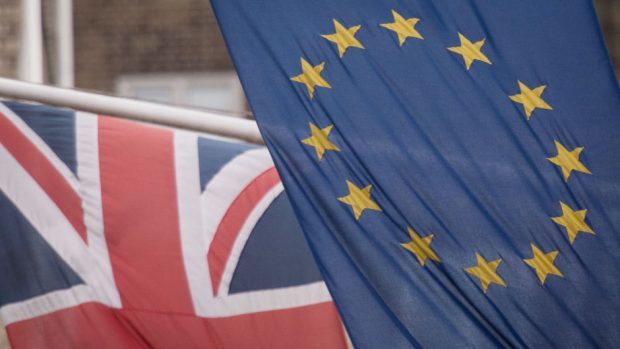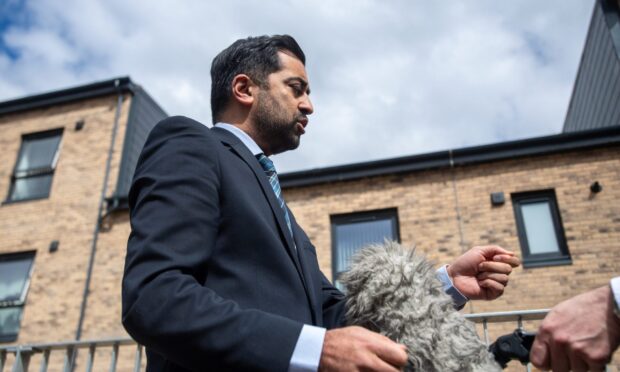Academics at Aberdeen University are predicting almost 70% support for leaving the EU after they analysed more than 5,000 tweets.
Researchers at the Department of Computing Science used a specialist programme to investigate the use of the social media platform between June 20-21.
Across the country, the analysis found that 69% of tweets expressed an intention to back Brexit, rising to 77% in England and Wales.
In Scotland, the percentage was 58% and in Northern Ireland 65%.
A wider study assessed 60,000 tweets between June 7-15, with the most recent two-day analysis intended to provide a snapshot of sentiment in the run-up to the vote.
Taking into account both sets of data, jobs and immigration were the most discussed issues in all four UK countries, accounting for 16% and 15% of tweets respectively.
Taxes, pensions, and security have played a marginal role in the debate.
Dr Jeff Pan, who co-ordinated the project, said: “What we have done is analyse the EU referendum on Twitter, to develop systems that utilise knowledge graphs and leverage the capabilities of humans to understand subtlety and context, and machines to process mass amounts of data.
“Through our research we are able to use intelligent systems to provide a thorough analysis of the EU referendum debate on Twitter, using the most advanced approaches available to provide a ‘big picture’ view that helps us form a better understanding of the issues that are important to voters, and which help us test and strengthen our processes.”










